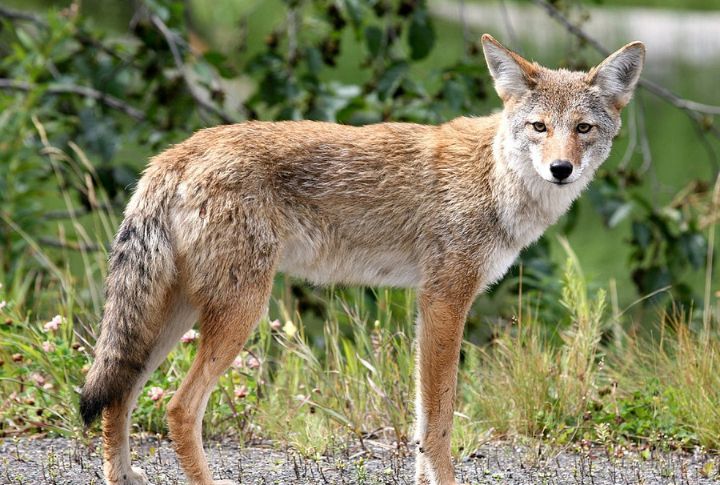
It’s easy to think of wildlife as something distant, yet coyotes live right in our neighborhoods. They find food in unexpected places and usually keep their distance. But their habits may surprise you. Knowing more about them can change the way you see these animals. Here are 10 facts to know.
Coyotes Are More Common Than You Think
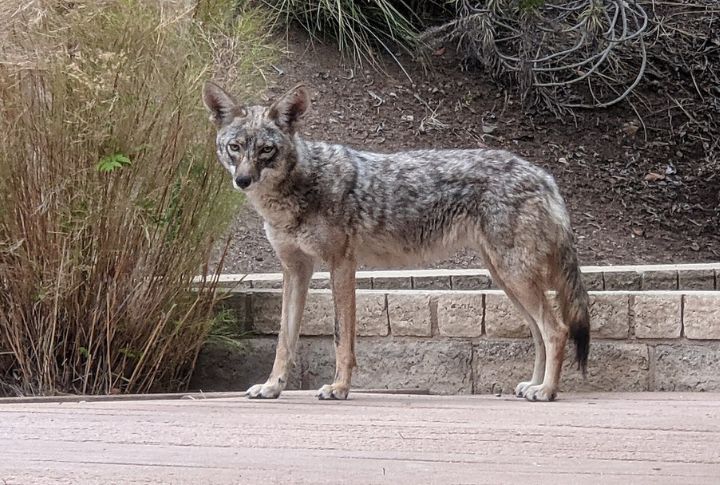
Most assume coyotes stick to rural areas, but they’ve made themselves home in cities, suburbs, and even densely populated areas. Their range now stretches across North America, including places that weren’t historically found. Researcher Stan Gehrt and his team estimate that around 4,000 coyotes live in Chicago, one of the continent’s largest metro areas.
They Are Not Just Nocturnal Hunters
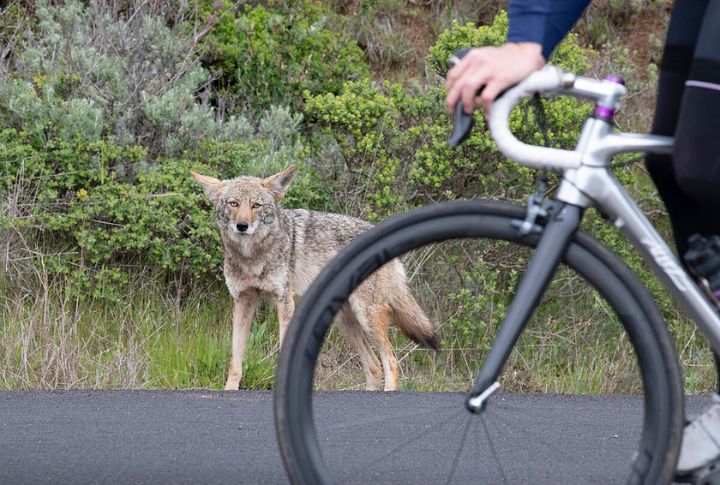
Coyotes don’t punch a time clock. While they are often more active at dawn and dusk, they will roam during the day when necessary. Pups require frequent feeding, which forces parents to search for food in broad daylight. In urban areas, coyotes sometimes adjust their schedules to avoid human activity.
Coyotes Communicate With Unique Vocalizations
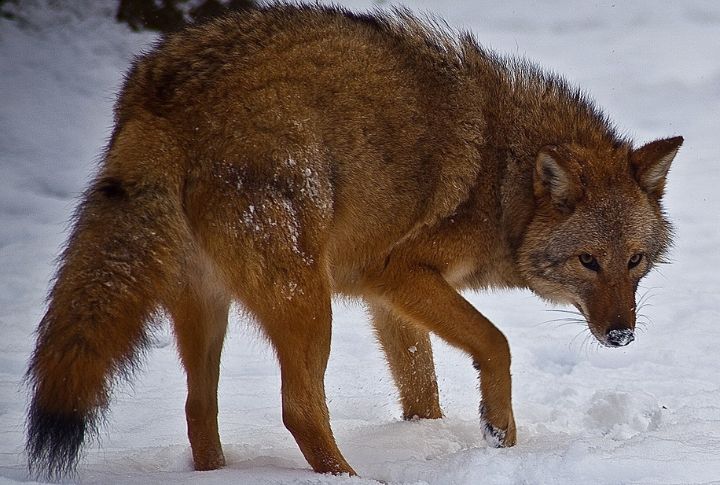
A single coyote can sound like an entire pack. Their vocal range includes howls, yips, barks, and whimpers, each serving a specific purpose. Coyotes use high-pitched sounds that bounce off the areas to create an illusion of a much larger group.
Small Pets Can Be At Risk
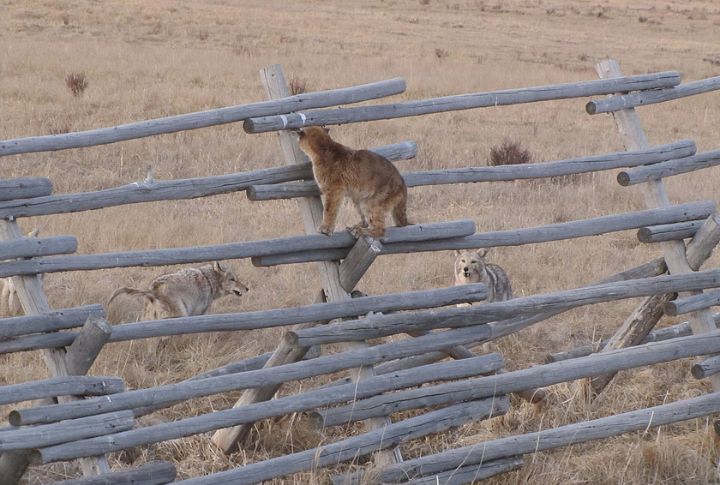
A coyote’s diet mainly consists of rodents and small mammals, but unattended pets can sometimes become targets. Cats that roam at night are especially vulnerable, as are small dogs left in backyards. While attacks on pets are rare compared to their natural hunting habits, they happen, particularly in areas where food sources are scarce.
They Play An Important Role In Nature
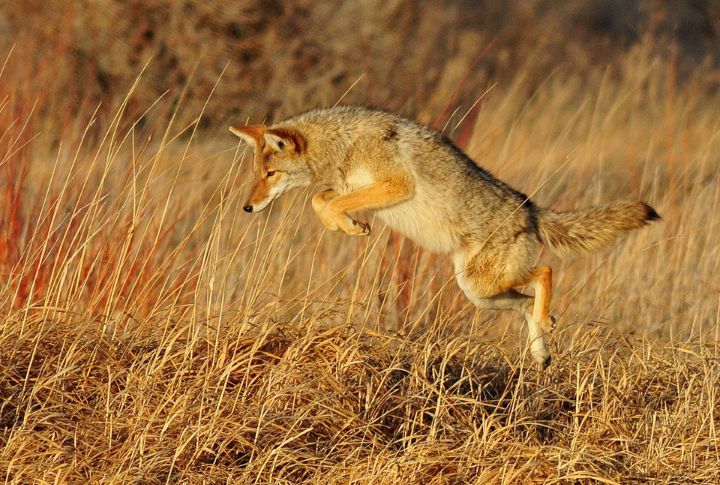
Coyotes are nature’s pest control. By keeping rodent populations input, they help prevent mouse and rabbit overpopulation. They also scavenge carrion to remove dead animals that would otherwise spread disease. Without them, rodent populations explode, affecting plant life and even bird species.
Coyotes Can Adapt To Urban Life
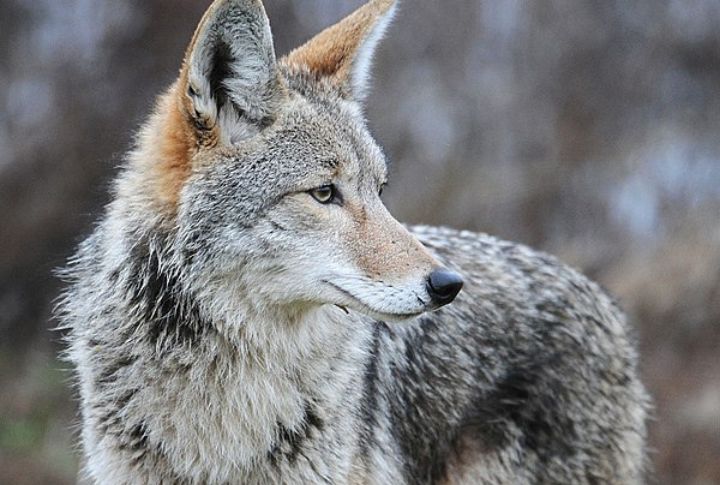
These intelligent animals have learned how to live alongside humans, using storm drains as safe passages and even learning traffic patterns to avoid cars. Some have been spotted waiting for crosswalk signals before darting across busy streets. They have also adjusted their diets to include human food waste.
Feeding Coyotes Leads To Big Problems
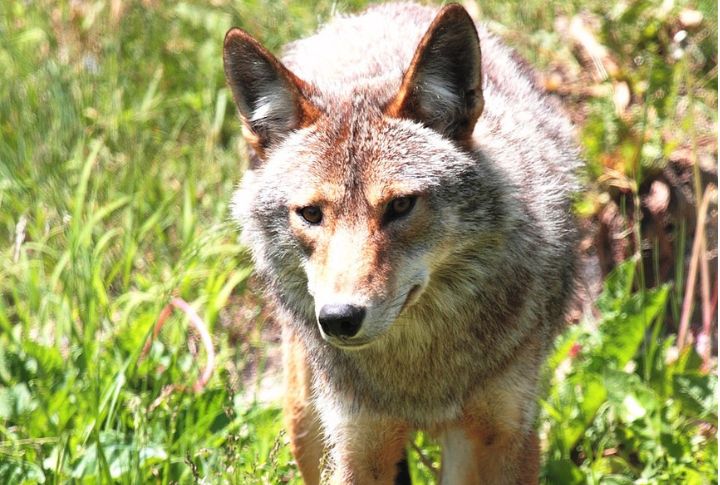
A fed coyote is a dangerous coyote. When people intentionally or accidentally provide food, coyotes associate humans with an easy meal, leading to bold behavior. This is when conflicts arise: coyotes that lose their natural fear may approach people or linger near homes, increasing the likelihood of hostile encounters.
They Are Smarter Than You Expect
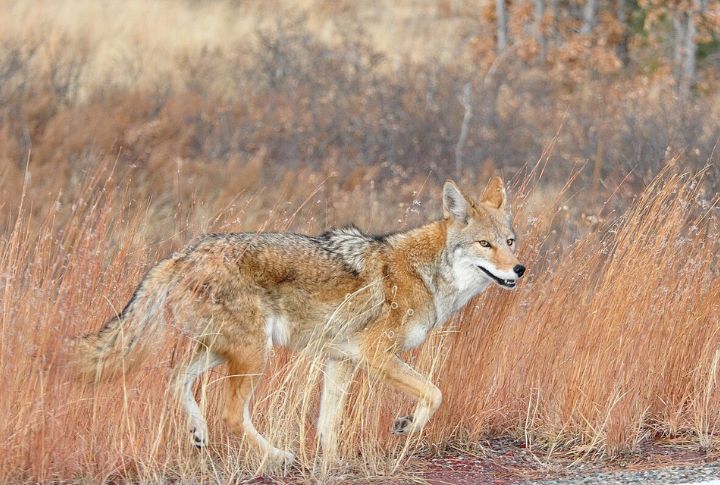
Coyotes are problem solvers. In studies where the animals were given puzzle boxes containing food, they outperformed domestic dogs, figuring out how to open latches and lift levers with little trial and error. These fellows also remember past experiences well, avoiding areas where they’ve encountered danger.
Coyotes Are Usually Afraid Of Humans
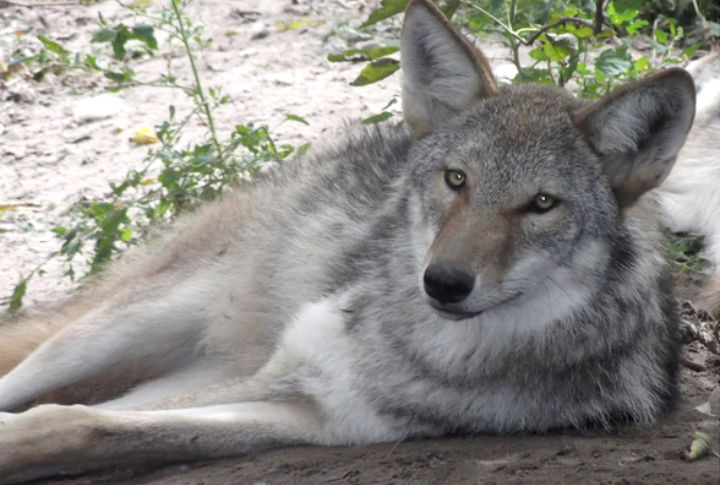
Despite their reputation, coyotes naturally avoid people. In a study of urban coyotes, researchers found that most encounters ended with the coyote fleeing within seconds. Their skittish nature helps keep them safe, but when these animals get too comfortable, it’s usually because they’ve been fed.
Coyotes Eat More Than Just Meat
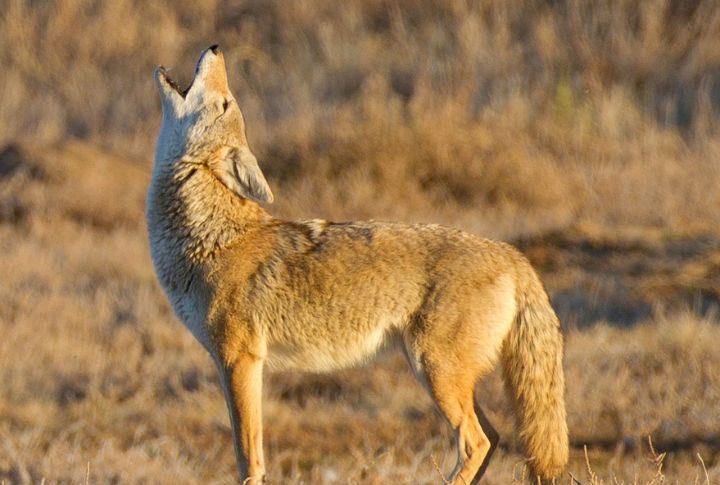
Coyotes enjoy various foods, including berries, melons, and even the occasional avocado. Some have been observed raiding gardens and orchards, particularly in late summer when fruit is abundant. Their digestive systems are designed to handle both plant-based and protein-rich diets, which makes them one of the most adaptable omnivores in the wild.
